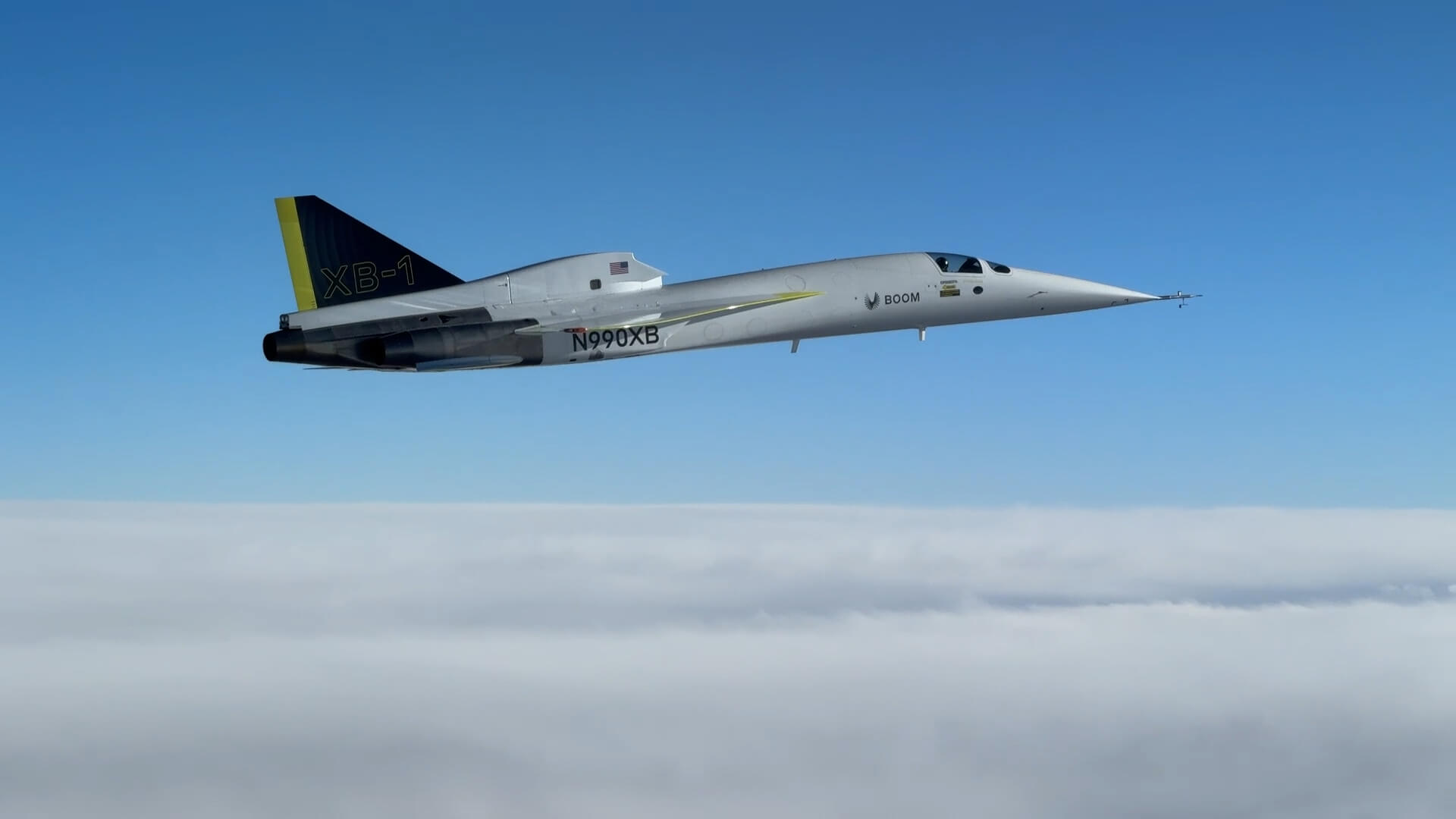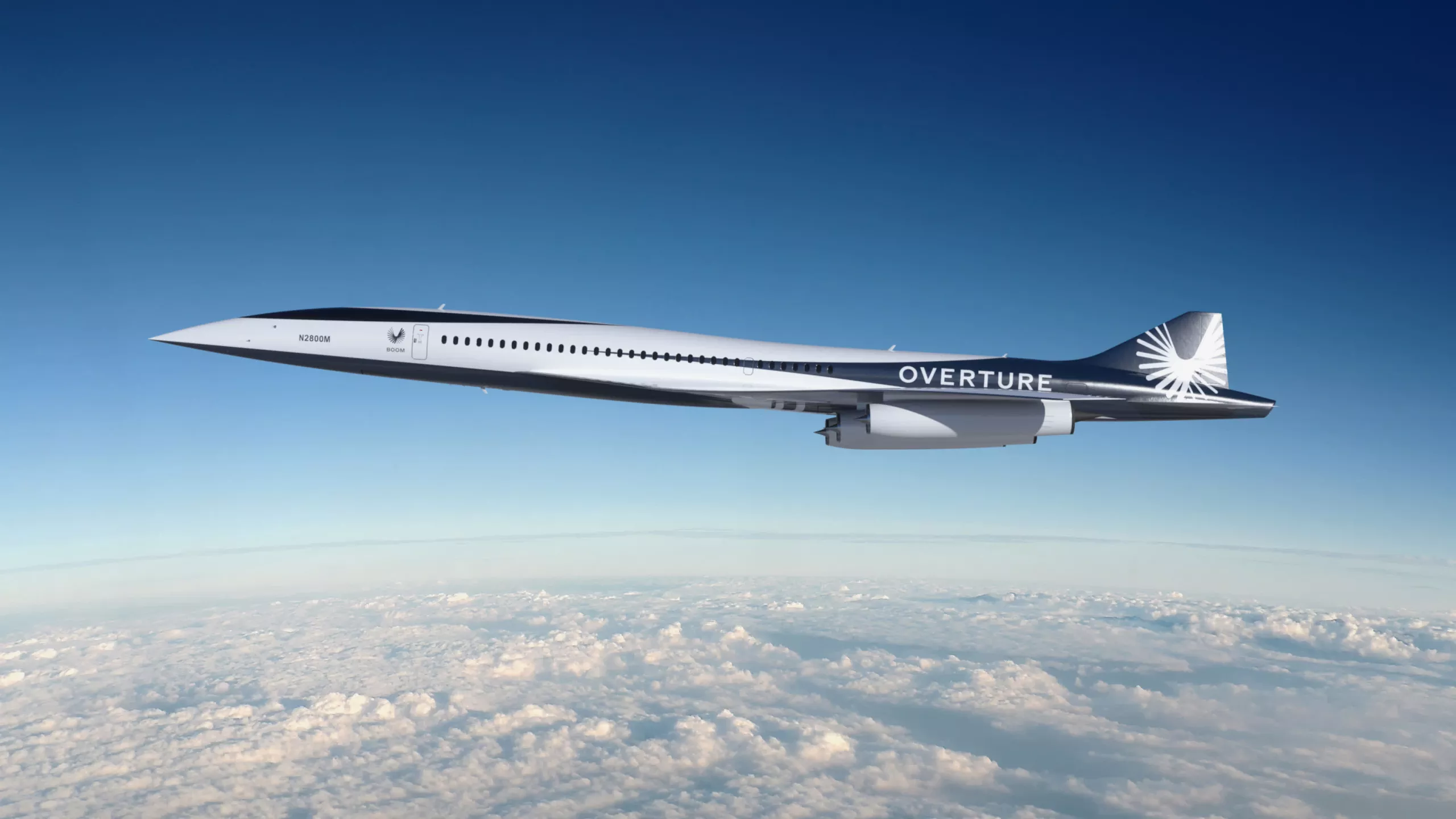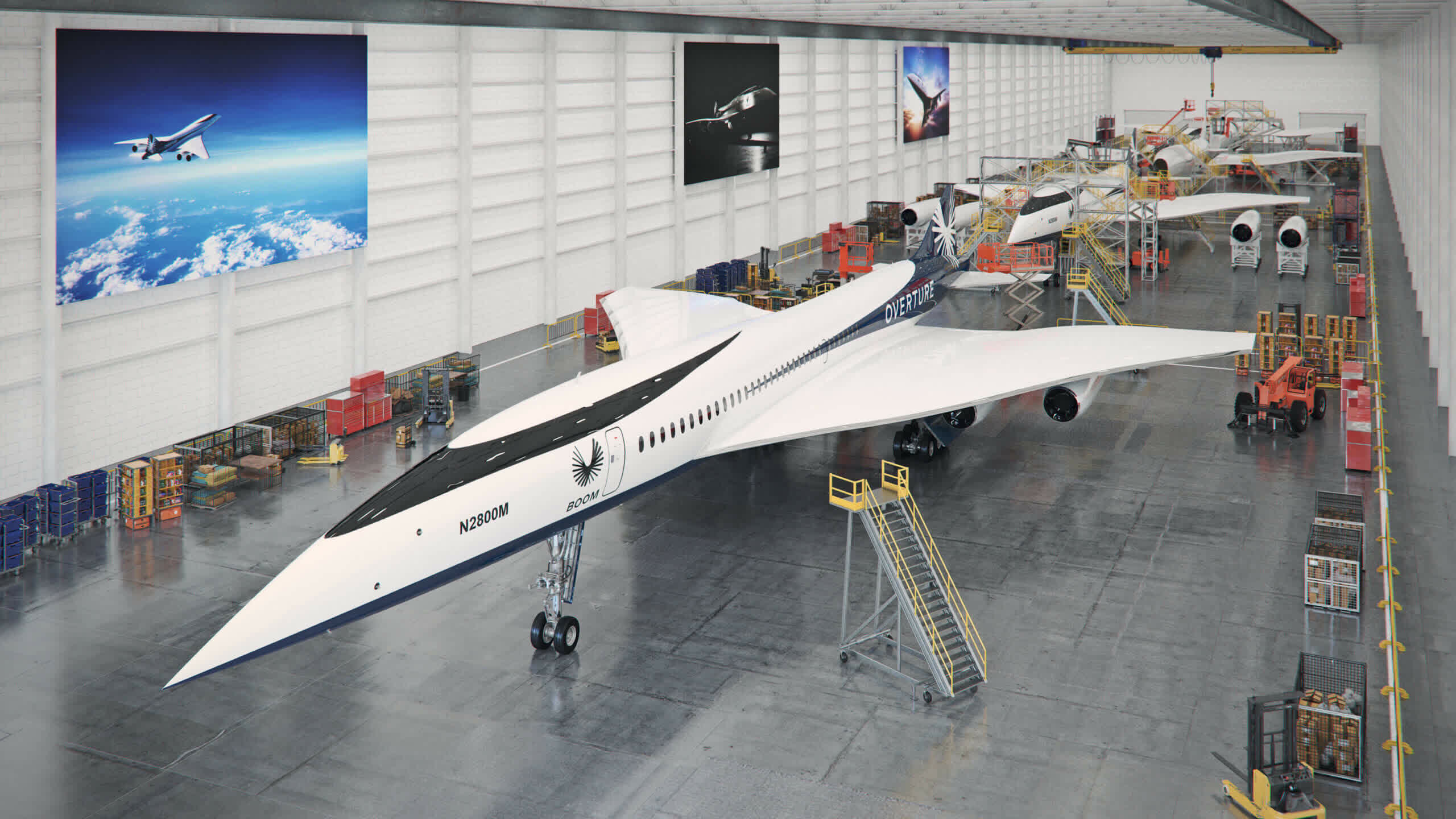What just happened? You might not be familiar with Boom Supersonic, but the startup has just set a notable world first: its XB-1 demonstrator became the first privately developed aircraft to break the sound barrier by reaching Mach 1.122, or 860.8 miles per hour. The achievement is a huge milestone toward the return of commercial supersonic flights, which stopped over 20 years ago.
Piloted by former US Navy aviator Tristan "Geppetto" Brandenburg, XB-1 took off from the Mojave Air and Space Port in California on Tuesday. It reached Mach 1.1 about 12 minutes later, staying at that speed for around four minutes. The aircraft broke the sound barrier a total of three times during its 33-minute flight. The speed of sound through air is 767 mph (Mach 1).
"A small band of talented and dedicated engineers has accomplished what previously took governments and billions of dollars," said Boom Supersonic's founder and chief executive, Blake Scholl.
XB-1 is a demonstrator prototype that's one-third the scale of a commercial aircraft Boom Supersonic is developing called Overture. The supersonic airliner is being designed to have a cruising speed of Mach 1.7 over water, a cruise altitude of 60,000 feet, a maximum speed of Mach 2.2 (1,687 mph), and carry around 55 passengers. It's expected to be able to fly between London and New York in three and a half hours.
Overture is also being designed to run on 100% sustainable aviation fuel (SAF), which is produced from various renewable feedstocks such as used cooking oil and animal fats. It will be the first large commercial aircraft to operate at net-zero carbon.
XB-1's first successful test flight took place over the Mojave Desert in March 2024, when it reached a maximum altitude of 7,120 feet and a top speed of 246 knots (283 mph). There have been eleven more test flights since then, culminating in this week's world first.
Overture will feature some of the state-of-the-art technologies found in XB-1, including carbon-fiber composites, advanced avionics, digital stability augmentation, and supersonic intakes. The propulsion system, Symphony, will be different. Boom Supersonic is working with several partners on some elements, including the engine design and development.
American Airlines, United Airlines, and Japan Airlines have made a combined 130 pre-orders for Overture. Boom said 66 of the aircraft will be constructed every year at its "Superfactory" in Greensboro, North Carolina, and it hopes to start fulfilling the orders before 2030.
The last commercial supersonic aircraft, Concorde, was retired in 2003, at which time the fleet was over 25 years old. The high operating costs, declining passenger demand due to the huge ticket prices, and noise and environmental concerns played a big part in the decision. There were also safety concerns after the Air France Flight 4590 crash following a tire blowout on the runway at Paris Charles de Gaulle Airport. All 113 people were killed and public confidence in Concorde's safety was lost.
Supersonic travel is making a comeback as newly developed aircraft breaks the sound barrier


